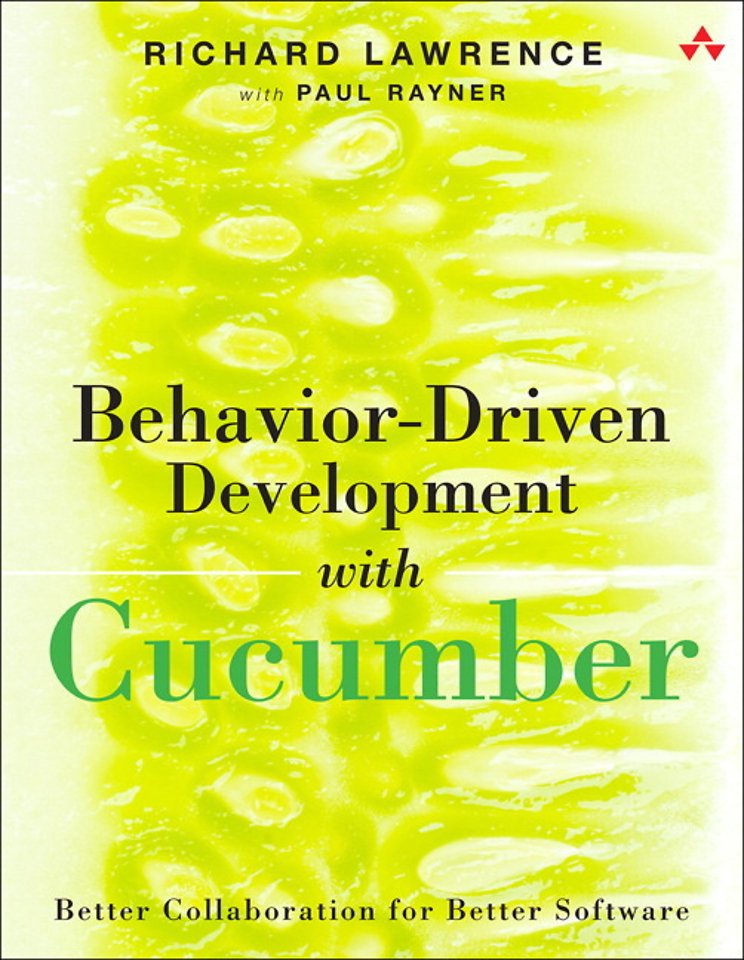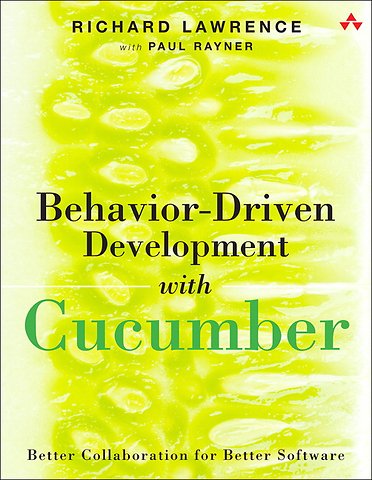Behavior-Driven Development with Cucumber
Better Collaboration for Better Software
Paperback Engels 2019 9780321772633Samenvatting
To develop high-value products quickly, software development teams need better ways to collaborate. Agile methods like Scrum and Kanban are helpful, but they’re not enough. Teams need better ways to work inside each sprint or work item. Behavior-driven development (BDD) adds just enough structure for product experts, testers, and developers to collaborate more effectively.
Drawing on extensive experience helping teams adopt BDD, Richard Lawrence and Paul Rayner show how to explore changes in system behavior with examples through conversations, how to capture your examples in expressive language, and how to flow the results into effective automated testing with Cucumber. Where most BDD resources focus on test automation, this guide goes deep into how BDD changes team collaboration and what that collaboration looks like day to day. Concrete examples and practical advice will prepare you to succeed with BDD, whatever your context or role.
Specificaties
Lezersrecensies
Inhoudsopgave
Rubrieken
- advisering
- algemeen management
- coaching en trainen
- communicatie en media
- economie
- financieel management
- inkoop en logistiek
- internet en social media
- it-management / ict
- juridisch
- leiderschap
- marketing
- mens en maatschappij
- non-profit
- ondernemen
- organisatiekunde
- personal finance
- personeelsmanagement
- persoonlijke effectiviteit
- projectmanagement
- psychologie
- reclame en verkoop
- strategisch management
- verandermanagement
- werk en loopbaan

